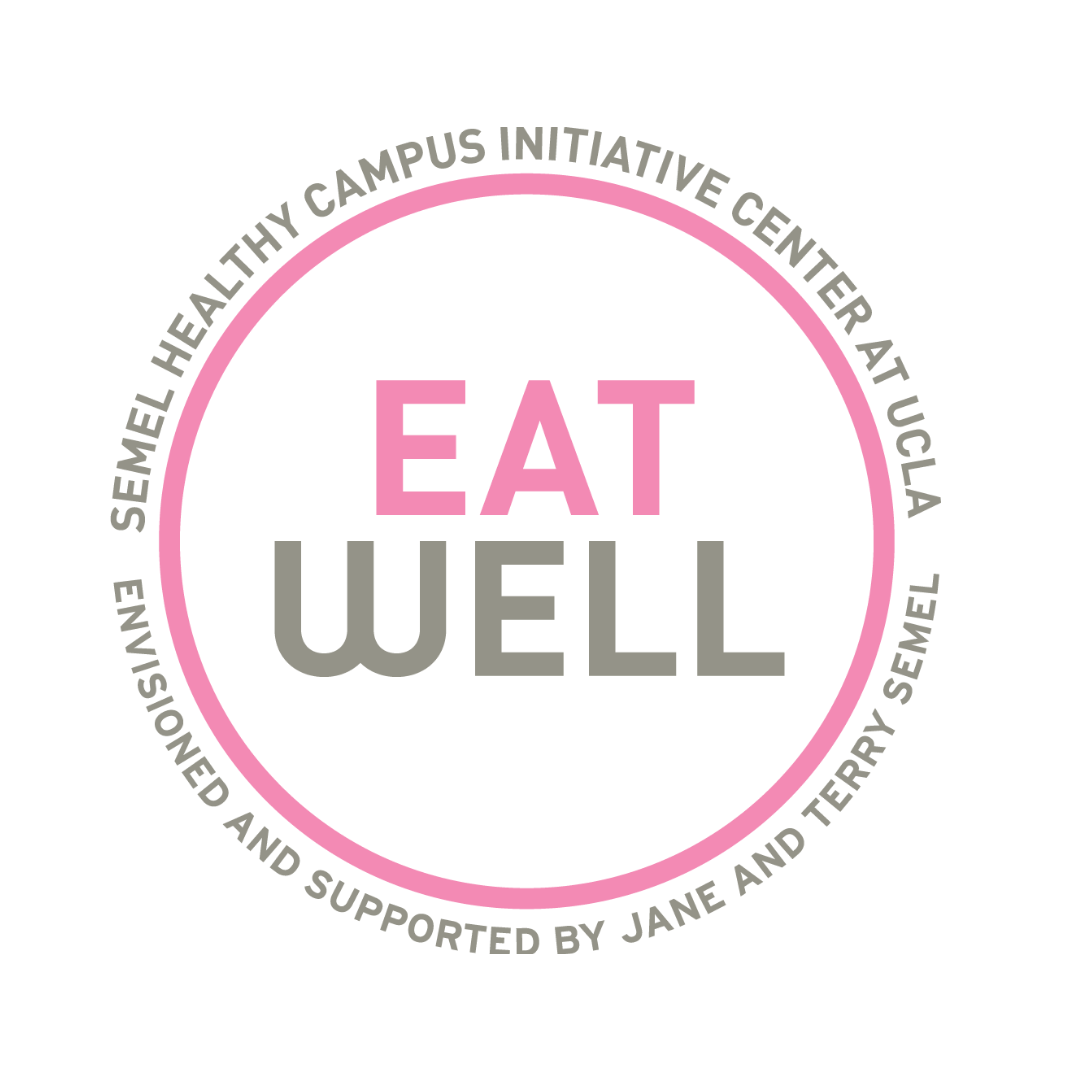Classics in Eating Research: Babies are masterful eaters
By A. Janet Tomiyama, Ph.D., Assistant Professor in the Department of Psychology
Everyone knows that we need to eat healthy to be healthy, but that’s often easier said than done. There are a lot of different foods out there, and it’s hard to keep track of all the different vitamins and minerals we need. I don’t know a single person who keeps a running tally of their recommended daily intake of, say, Vitamin E to make sure they’re getting 100% each day. I certainly don’t!
That’s why the study I’m about to describe to you is so amazing. First of all, it was published all the way back in 1928, but still remains a classic today, and I include it every year in my Introduction to Health Psychology (PSYCH 150) class. Second of all, I think it has some of the neatest research findings I’ve encountered.
Clara M. Davis, the author of the study, took 15 little 6-month-old babies and let them eat whatever they wanted, for every single meal, from of an array of 34 different foods. Some of the foods the babies got to eat sound funny today – things like bone jelly, brains, and both sweet and sour milk. Others are more familiar, like carrots, peas, beef, and oatmeal. The nurses were told to never offer food or interfere in the babies’ eating in any way. This sometimes led to what Clara Davis described as, “a dietitian’s nightmare – for example, a breakfast of a pint of orange juice and liver; a supper of several eggs, bananas, and milk.”
But here’s the surprising thing: the babies’ health at the end of the study was perfect. (Many doctors were brought in to check). Somehow, the babies had the intuitive ability to get the optimal balance of macro and micronutrients.
The most astonishing example of their masterful intuitive eating was demonstrated by one of the babies who entered the study with rickets – a disease in which the bones are too soft due to malnutrition. Davis describes, “…we put a small glass of cod liver oil on his tray for him to take if he chose. This he did irregularly and in varying amounts until his blood calcium and phosphorus became normal and x-ray films showed his rickets to be healed, after which he did not take it again.”
There are many lessons we can learn from this study. For example, maybe it’s not so important for parents to force their children to eat what they believe is a healthy meal. Maybe we need to be eating more brains. (Just kidding.) If you want to read the study for yourself, you can find it here – it’s short and very charmingly written. As we head into holiday season, it might be worth it to take a moment, check in with your body, and see what it’s hungry for.
~See Dr. Tomiyama’s website for additional information: www.dishlab.org
